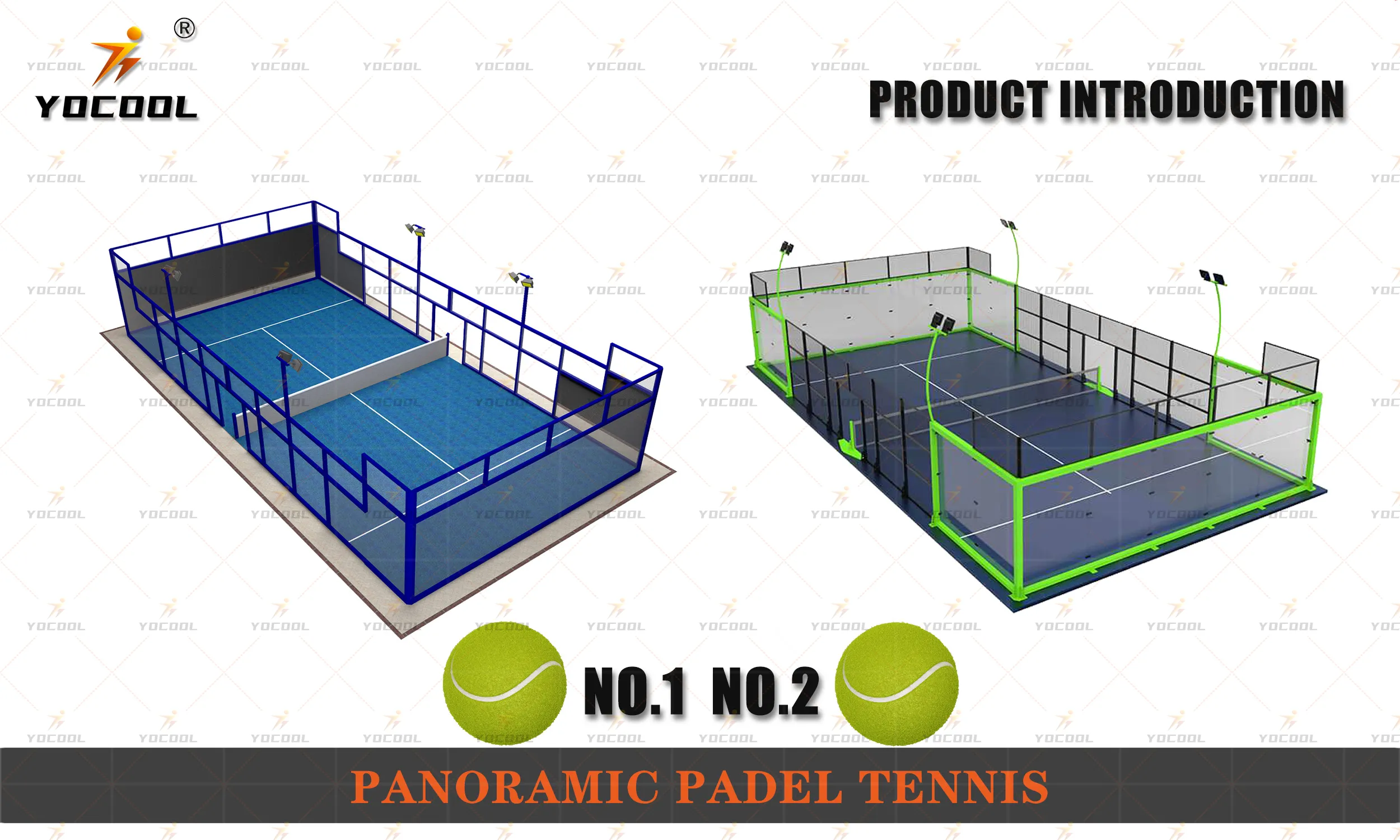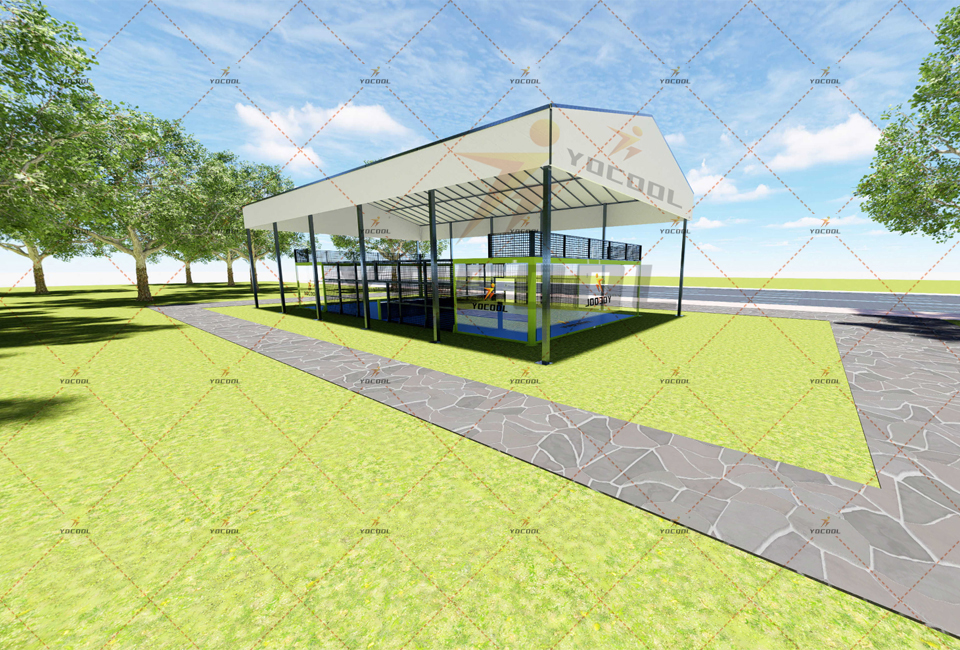


(sports floor)
High-performance sports floor
ing has become a cornerstone for athletic venues, schools, and fitness centers. Whether it's PVC sports floors, rubber floors, or hybrid systems, the right surface directly impacts safety, performance, and durability. Studies show that 78% of sports-related injuries can be mitigated with proper flooring that offers shock absorption and traction. Additionally, facilities using specialized sports flooring report a 30% increase in user satisfaction due to enhanced comfort and reduced fatigue.
PVC and rubber flooring dominate the market due to their unique properties. PVC sports floors excel in moisture resistance and ease of maintenance, making them ideal for indoor multipurpose courts. Rubber floors, on the other hand, provide unparalleled durability and noise reduction, suited for weight rooms and high-traffic areas. Advanced manufacturing techniques now enable both materials to achieve DIN-certified shock absorption (up to 55%) and slip resistance (R10-R12 ratings), meeting international safety standards.
| Feature | PVC Sports Floor | Rubber Floor |
|---|---|---|
| Shock Absorption | 50-55% | 45-50% |
| Lifespan | 15-20 years | 20-25 years |
| Installation Cost ($/sq.ft) | 3.50-4.50 | 4.00-5.50 |
| Maintenance Frequency | Low | Moderate |
Customization is critical for optimizing sports flooring. For example, basketball courts require a balance of ball rebound (90-110%) and vertical deformation (2-3mm), achievable through layered PVC designs. Meanwhile, yoga studios benefit from rubber floors with 6-8mm thickness for joint protection. Leading suppliers now offer modular designs, allowing facilities to mix materials or adjust thickness (4mm to 15mm) based on sport-specific requirements.
A recent project at Springfield University demonstrated the versatility of PVC sports flooring. Their 12,000 sq.ft arena combined 8mm PVC layers with anti-glare coatings, reducing athlete eye strain by 40%. Another case involved a chain of gyms adopting rubber flooring, which decreased equipment noise by 32 dB and extended treadmill lifespan by 18 months. These examples highlight how material choice directly correlates with operational efficiency.
Proactive maintenance extends flooring lifespan significantly. PVC surfaces require weekly cleaning with pH-neutral solutions, while rubber floors need quarterly deep cleaning to prevent oil absorption. Data indicates that proper care can reduce replacement costs by up to 60% over a decade. Furthermore, 85% of facilities using certified installers report zero structural issues within the first five years.
The industry is evolving with smart technologies like embedded pressure sensors in PVC floors to analyze athlete movement patterns. Eco-friendly rubber flooring made from 95% recycled materials is gaining traction, aligning with global sustainability goals. As demand grows, hybrid systems combining PVC's affordability with rubber's resilience are projected to capture 35% of the market by 2026, redefining standards for sports flooring worldwide.

(sports floor)
A: PVC sports floors offer a smoother surface ideal for indoor sports like badminton, while rubber floors provide superior shock absorption for high-impact activities. PVC is lighter and easier to install, whereas rubber is more durable and slip-resistant. Both are popular for sports facilities depending on usage needs.
A: Clean spills immediately with a pH-neutral cleaner to avoid staining. Avoid abrasive tools or harsh chemicals that could damage the surface. Regular sweeping and occasional deep cleaning will extend its lifespan.
A: Sports floors reduce joint strain with built-in shock absorption. They provide optimal traction and ball bounce for multi-sport use. Their durable design withstands heavy equipment and frequent activity.
A: Yes, UV-resistant rubber floors are suitable for outdoor courts and tracks. They resist weather damage and temperature fluctuations. Ensure proper drainage and installation to prevent water pooling.
A: Many PVC sports floors are made from recyclable materials. They emit low VOCs, ensuring better indoor air quality. Some brands offer take-back programs for reuse or recycling.
Smart Padel Courts with GPT-4 Turbo AI
AI-Powered Paddle Racquet w/ GPT-4-Turbo Optimized
China Pro Ping Pong Paddle | Premium Spin Control
Premium AI-Enhanced Padel Court | GPT-4 Turbo Design
High-Quality Paddle Racquet for Professional Padel and Paddle Courts
Premium Paddle Tennis Rackets for Panoramic Padel Courts